A neglected musculoskeletal system could cost you 20 years of independent living
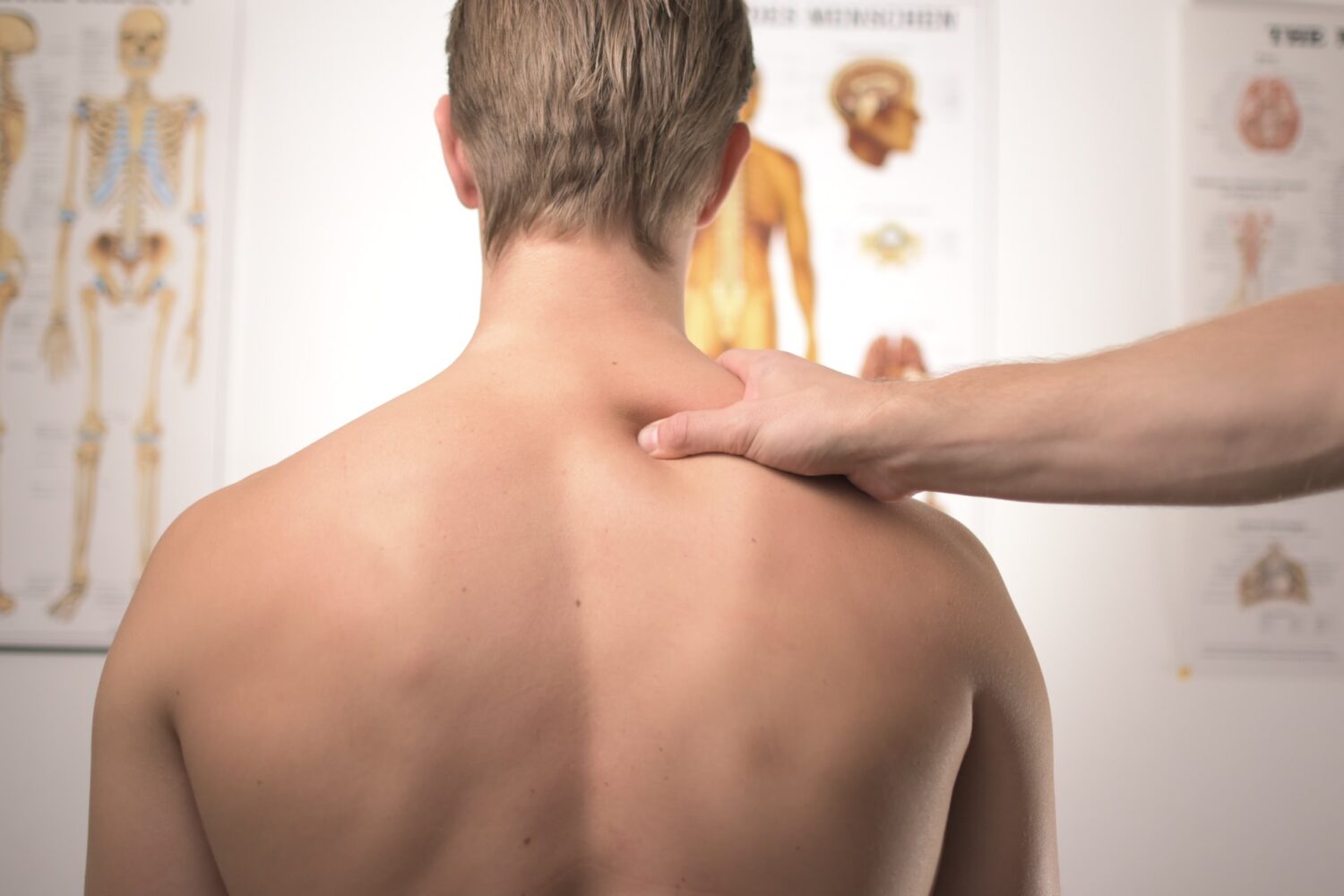
Why do our bones, joints and muscles function less well as we age? And what are the effects and implications on our life when the musculoskeletal system becomes inefficient?
In this article I want to show you how looking after your musculoskeletal system could give you back up to 20 years of independent living.
What is the musculoskeletal system?
Bones, muscles, joints, tendons and ligaments are all part of the musculoskeletal system. These work together to provide the body with movement but also support and protection. At their best they allow us to move about in our daily life by providing support and stability…so you can already see how important they are, right?
The effects of ageing on our body

How ageing affects our cells
With time, the functions that take place inside the cells, along with the influences from the environment (for example the sunlight and toxins in our diet), start to change the very structure of the cells as well as the function of the molecules inside them.
Recently, researchers have categorised these changes and discovered that they range from the accumulation of damage in the DNA to altered communication between cells.
- As we age the cells accumulate damage in their DNA and this sort of damage particularly affects the DNA in the in the mitochondria of our cells. The mitochondria are membrane-bound cells that produce the chemical energy needed to power the cell’s biochemical reactions. In simple word: cells accumulate damage = less chemical energy.
- When DNA replicates, the caps at the end of each strand get shorter. DNA replication is a vital process whereby existing cells divide to produce new cells. DNA contains the instructions needed for an organism to develop, survive and reproduce. Now, imagine the DNA as long strands. At the end of these strands there’s a cap. Every time the cell divides, they become a little shorter. With time these caps (called the telomeres) get too short to do their job, causing our cells to age and stop functioning properly.
- Subject to enough stress, these cells with DNA damage and shortened caps (telomere), either die or become senescent (they can no longer divide). The result? The cells begin to deteriorate and they stop passing signals to each other effectively. This dysfunctional communication can lead to chronic tissue inflammation and it can affect our immune system increasing our susceptibility to infection and cancer as it is unable to clear pathogens or dysfunctional cells.
The point here is simple: aging affects the functionality of the cells meaning our tissues and organs begin to deteriorate, they become more prone to develop diseases and eventually, our health declines.
How do our bones age?
Did you know that bone is a living tissue constantly developing and remodelling itself even after reaching its highest peak at around the age of 30? Cool eh! But what happens after that? Bone is then lost and wasted away as part of the normal ageing process at a scary rate between 3-11% per decade.
Although the major factor leading to bone loss in postmenopausal women is a lower production of hormones, other more generic contributing factors are gender, genetics and race which can predispose individuals to thinning of bones at a higher rate than normal. Also, other contributing factors and worst offenders are smoking, a diet lacking in nutrients such as calcium and a lack of weight-bearing exercise.
How do our muscles age?
Sarcopenia, people! It’s worth noting that by the age of 70, a person has lost on average 40 – 50% of the muscle strength that they had when they were younger. This loss of muscle mass, strength and function is known as ‘sarcopenia’. Poor balance and slow reaction to a fall are telling signs.
The good news is that muscle loss can be avoided and or delayed! Along the length of the muscle there’s lots of long cells. These are called muscle fibres. As we age, these long cells get smaller and we also lose some of them completely. It is understood that by the age of 70, we have lost approximately 30-40% of our muscle fibres. However, although once lost, muscle fibres cannot be replaced, not even by exercise, early prevention (thru appropriate exercise and nutrition) can extend their lifespan.
How do our tendons age?
Tendons are bands of fibrous tissue that bind the muscle to the bone. They are designed to withstand bending, stretching and twisting.
Tendon can become damaged due to repetitive stressful movements and, along with increasing age, they start to lose their elasticity.
Ageing, mobility and social aspects
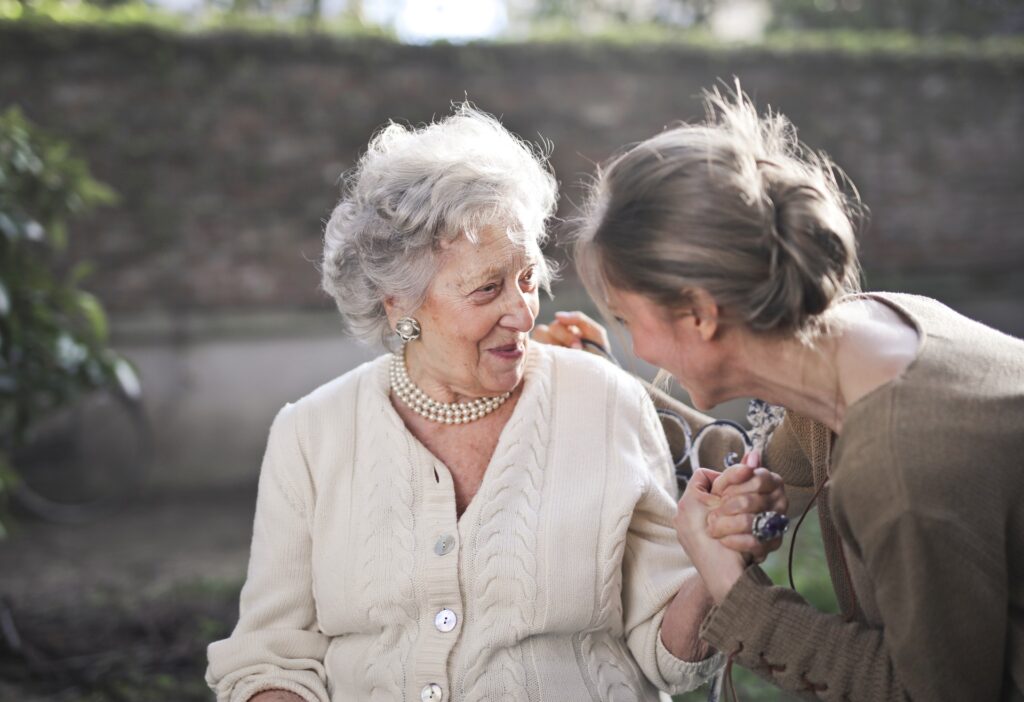
As we have seen, ageing affects our cells which in turns affects our musculoskeletal system. The changes that are caused by ageing can lead to problems with a person’s ability to move around.
Musculoskeletal ageing can hugely impact an individual. It can mean not being able to go the shops or to go to see friends and family and it can translate into feeling socially isolated. Furthermore, it can also have an effect on the people around them too such as families, friends, colleagues and the wider society. When we can’t look after ourselves, others have to step in to help. When we can’t do things ourselves, we become dependent and this can have a huge impact on our mental health as well as affect our relationships with others and have an impact on their mental health too.
So, what can we do to improve our chances of keeping fit and mobile and retain our independent living?
The importance of keeping active
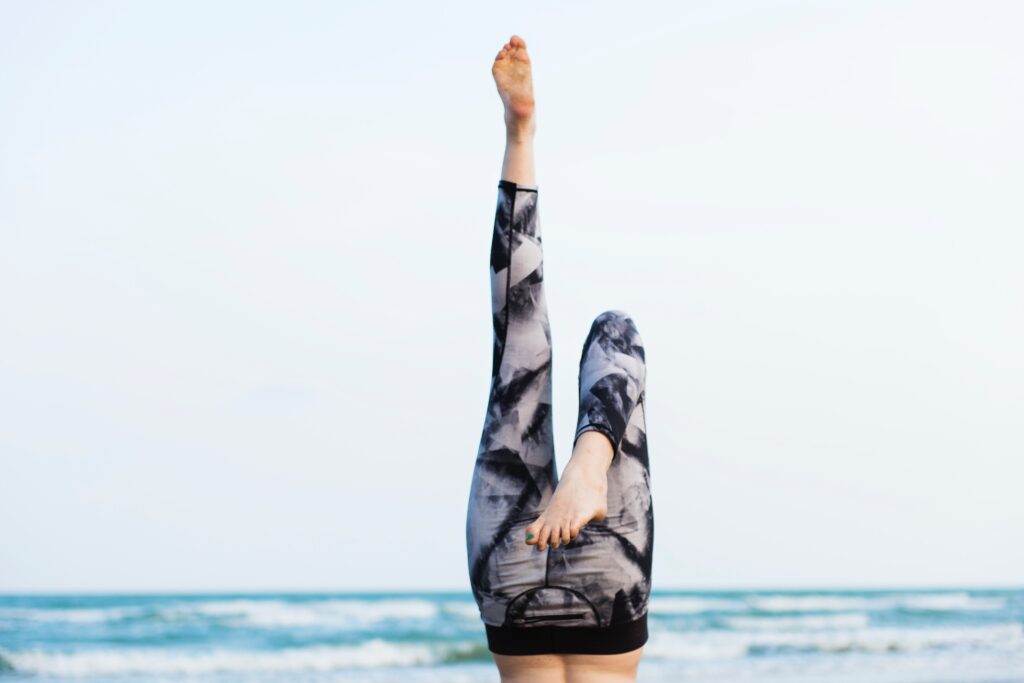
There is no other way to put this: remaining active as we age is vital for keeping our musculoskeletal system healthy!
The last 200 years has seen a profound change in life expectancy due to lifestyle changes and medical breakthroughs. However, although we can live longer, we need to make sure we live longer healthily!
Yes, ageing is associated with a significant decline in neuromuscular function and muscle mass but it is also scientifically proven that whilst muscle deterioration is a natural process, a sedentary lifestyle can greatly accelerate it. This is because as we move less, we lose muscle function, and as we age, we begin to lose the ability to regain muscle mass. Resistance training such as lifting weights, for instance, can help us to maintain muscle function.
How much activity you need to do depends on your age and your level of fitness, but there’s plenty help out there and one way to start is by checking the government recommended guidelines. In the U.K. you can check the NHS website.
Remaining active as we age is vital for keeping our muscles, joints and bones strong enough to withstand the normal knocks of everyday living. It’s important to understand that when we talk about keeping active, we are not talking about running a marathon! We are talking about fitness as the ability for our body to take in oxygen, for our heart to pump it around the body, and get used by the muscles. Shockingly, the difference between being normal weight and physically active, and overweight and physically inactive is a striking 20 years of independent living.
What’s the key? Behaviour!
Want to hear an interesting fact? Cluster behaviour has an effect on people. This means that if your friends or family are people who don’t go around much and they eat a lot of junk food, you are likely to pick up the same habits. This is because you are likely to end up doing the same things. So, key to this is to break out of the bad habit a set a good example.
What happens to our muscles when we exercise?
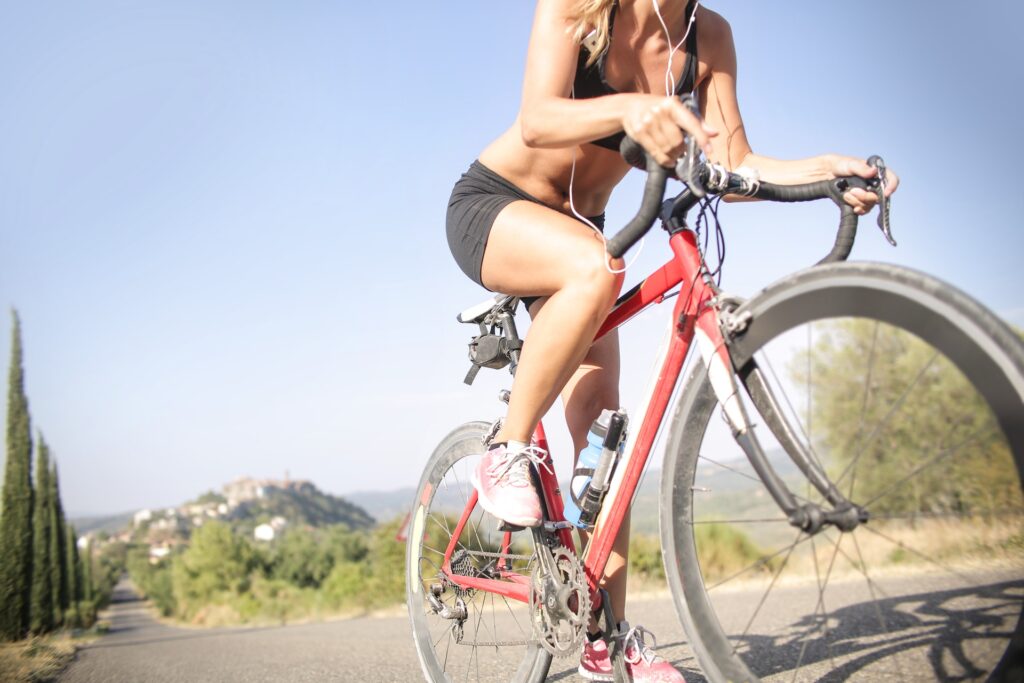
Regular exercise helps preventing or managing a variety of health problems and concerns, such as stroke, metabolic syndrome, type 2 diabetes, many types of cancer, arthritis as well as depression and anxiety. Click here to read more on the benefits of exercising and click here to read about how the body responds to physical exercise.
In terms of the musculoskeletal system, essentially the types of exercise that most people undertake fall into two categories: aerobic (e.g. jogging, running, swimming, cycling, walking) or resistance exercise (i.e. strength training, such as weight-lifting). On top of this there is also eccentric exercise or eccentric training which is a mix of the both (such as some circuit or cross-training). Aerobic exercise is good for the muscles as it increases their use of oxygen to generate increased amount of energy to allow the muscles to contract. Resistance exercise is key to increasing or restoring muscle bulk in a much wider group of people.
In older age, aerobics and racquet sports are more effective in strengthening our bones than many repetitions of the same movement of the same vigor (as in distance running, swimming or cycling – whether real or using a machine) and the upper body and torso bones can be stimulated by resistance exercise that requires muscle contraction.
It is true that as we age, we start to pick up problems and aches, but it is important to keep active within our mean as physical inactivity is not just the opposite of physical activity! Physical inactivity activates different pathways in muscles, prevents the burning of fats and reduces the flexibility of blood vessels – all very important factors in cardiovascular health. Translated in simple terms, being inactive is also greatly associated with cardiovascular problems.
The effects of sedentary life and bone health

Sedentary behaviour (sitting, lying and screen-time, using very little energy) has negative effects on our overall health, as well as our bone health. Inactivity is linked to a body composition that has higher fat than lean mass, higher levels of glucose and inflammation, factors which are linked to heightened risk of cardiovascular disease, diabetes and some cancers. In adult bone, being inactive promotes the activity of cells that resorb bone (osteoclasts), which is a response to disuse.
Physical inactivity, can lead to serious muscle and joints problems as loss of muscle mass means that joint alignment, movement and shock-absorption are all impaired. It can also favour obesity which places a great strain on joints.
It is worth remembering that the effect of exercise goes beyond direct changes in bone mass. By exercising, our balance, co-ordination and strength will be improved so we are less likely to fall, or if we do lose our balance, we may be more able to grab a support and not crash down hard enough to cause a fracture.
Finally, exercise makes people feel good too, there are many excellent reasons to make sure it forms part of your daily routine.
Improving our physical activity levels
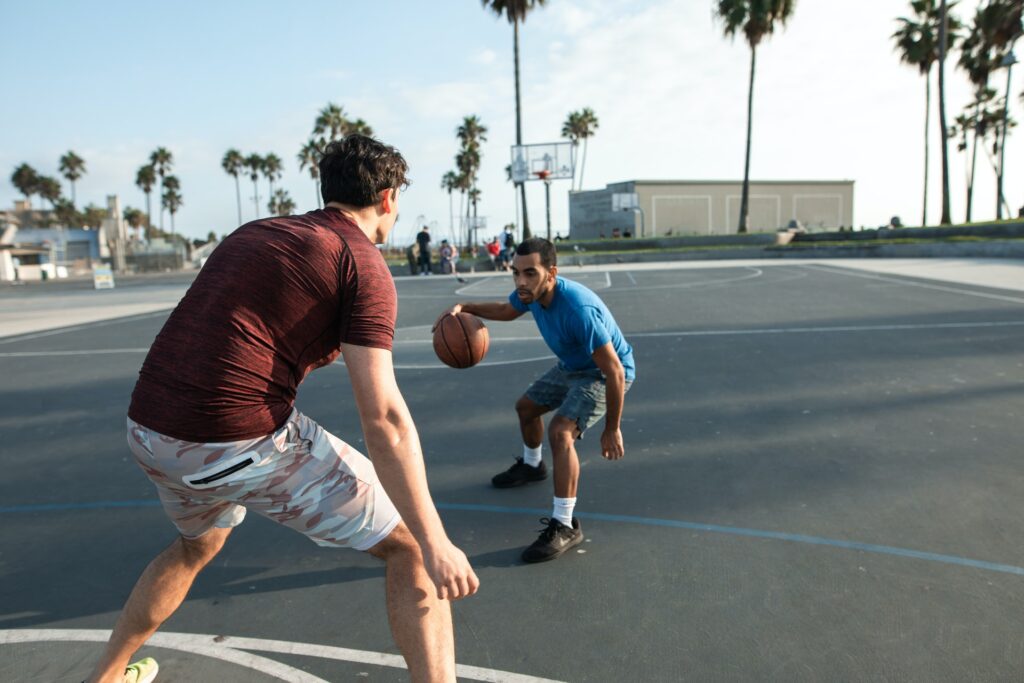
Our body is built to move!
Although the benefits of physical activity and exercise are widely known, many will believe they are more active than they actually are and most people will struggle to meet the government recommended levels.
The recommended advice for adults is 150 minutes of moderate to vigorous physical activity a week (for example: 30 minutes 5 days a week).
It helps to do activities that we enjoy doing and that are suited for us. May be a good idea to look for a pal to do activities with to reinforce in us the commitment and it may turn out to be more pleasurable. It’s important to be realistic with our time and find ways to implement it in our daily routine. Setting realistic goals and making a plan can also help us keeping in track. Most an above all it’s important to have fun with it a not to beat ourselves down when we have a set-back.
Another way to be more active is to become aware of the small changes. For example, parking the car further away so we get a bit of walking, taking the stairs instead of the lift or commuting by walking or cycling.
Nutrients for musculoskeletal health
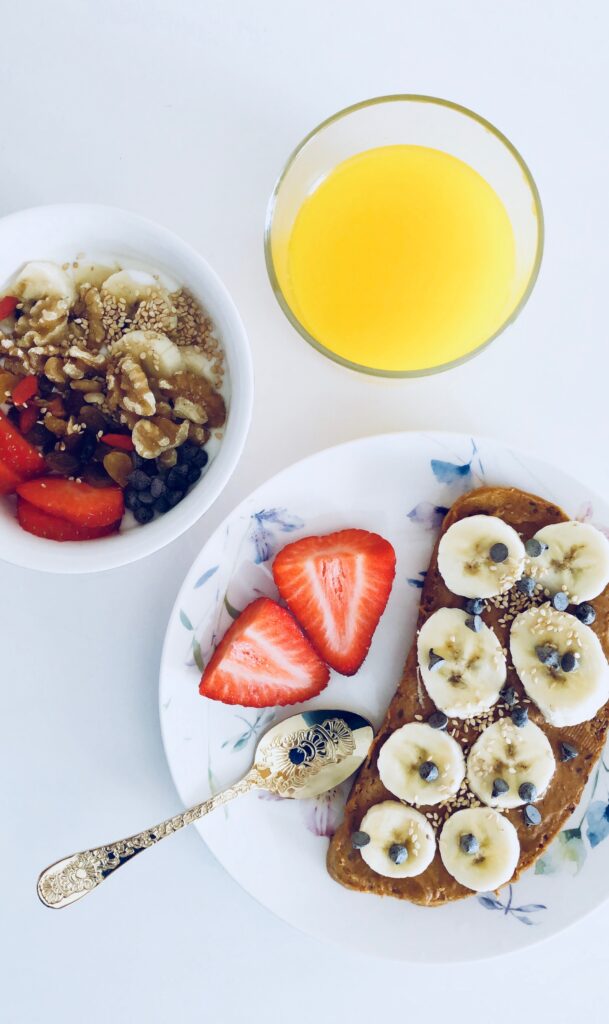
From a nutritional point of view, there are also things that we can do to improve the health and longevity of our musculoskeletal system.
Calcium
Calcium and phosphorus are vitally important for our muscles. This is because when nerves signal for muscles to contract, small amounts of calcium are released from stores inside the muscle cells. Calcium is also available in the skeleton to maintain calcium levels in blood which regulates muscle and nerve function.
The recommended intake of calcium varies according to age. The recommended daily intake for adults is 700 mg but it is higher for teenagers because the skeleton is growing rapidly. With ageing, taking high doses of calcium (over 1500 mg a day) can cause stomach pain or diarrhoea.
Good sources of calcium include:
- Green leafy vegetables such as broccoli, cabbage and okra (but not spinach)
- Soya beans, tofu and soya drinks with added calcium
- Milk, cheese and other dairy foods including cheese, yoghurt and ice cream (however you may want to read more about the benefits of going dairy free and what are the milk alternative options)
- Nuts
- Bread and anything made with fortified flour (many cereal products in the UK are fortified with calcium carbonate)
- Fish where you eat the bones – such as sardines and pilchards.
Vitamin D
Vitamin D is made naturally in the skin by the action of ultraviolet B-light in sunshine. The main function of vitamin D is to enhance calcium absorption from the small intestine, making it intricately linked with the supply of calcium for healthy bones and muscles.
Vitamin D was identified in the early 20th century as an essential dietary factor that prevents rickets in young children. In rickets, bones fail to mineralise properly and they can’t bear the weight of the child’s body, causing the growing long bones in the legs to bow. Scientists found that rickets could be prevented by giving cod liver oil to children, and it was later found that cod liver oil is a good source of vitamin D.
A vitamin D deficiency can cause bone abnormalities such as soft bones (osteomalacia) or fragile bones (osteoporosis).
Click here to read more on the benefit of Vitamin D also knows as the “sunshine vitamin”.
Good food sources of vitamin D are:
- Oily fish – such as salmon, sardines, herring and mackerel
- Red meat (however you may want to read more about the benefits of going meat free )
- Liver
- Egg yolks
- fortified foods such as some cereal, orange juice, milk and yogurts (*In the UK, cows’ milk is not generally fortified with vitamin D).
Whilst foods such as oily fish, eggs, fortified breakfast cereals and fat spreads do contain the nutrient, the best way to absorb vitamin D is from the sunlight on our skin. For this reason, depending on where you live or depending on your skin colour (individuals with darker skin produce less vitamin D with the same amount of sunlight exposure than individuals with lighter skin colour) you may need to take Vitamin D supplements. In the U.K. the NHS (National Health Service) has reviewed its guidelines on how much vitamin D is needed and can be found here. In some cases, taking a daily vitamin D supplement may be recommended and, in the UK, supplementation has recently been extended to include everyone over the age of one during the winter months.
Protein
Having an adequate amount of protein in your diet is key to supporting muscle and bone health.
The protein is higher in plant sources (such as nuts, dried peas, and beans) than in animal sources.
Eating well
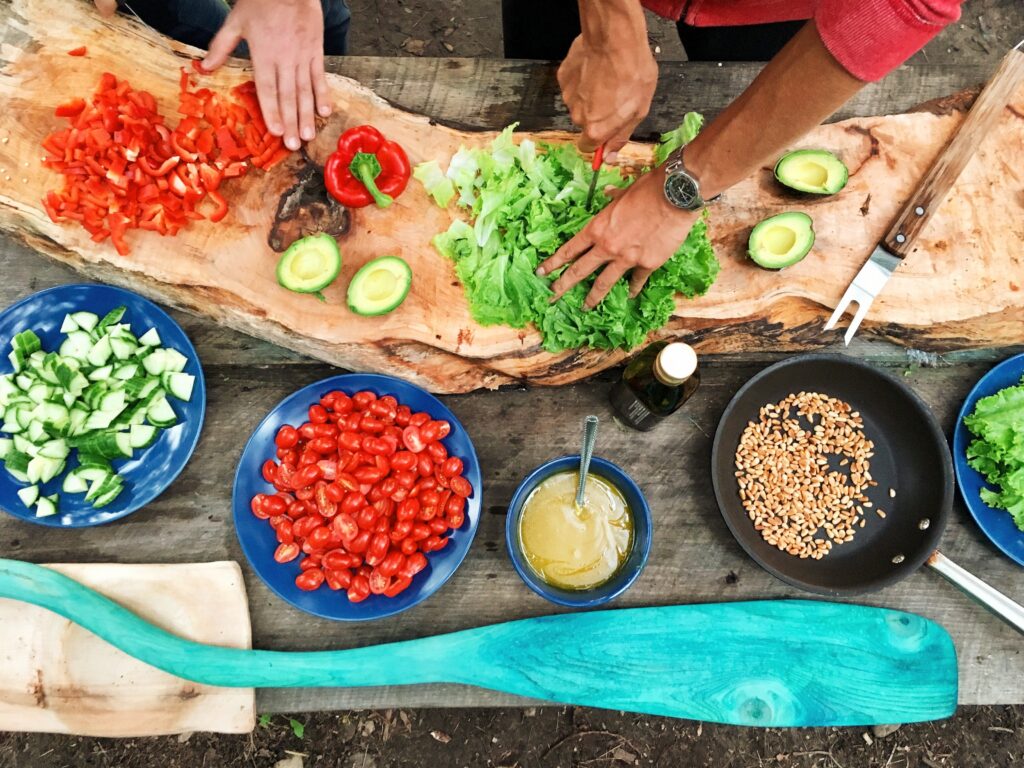
Although not strictly related to the musculoskeletal system, the importance of a varied diet is hugely beneficial to our body.
The solution to a healthy and nutritional diet is simple:
- eat a varied diet rich in fresh fruits and vegetables
- choose unsaturated oils and spreads, and eat these in small amounts
- drink six to eight cups or glasses of fluid a day
- If eating foods that are high in fat, salt or sugar then have these less often, and in small amounts.
From birth to old age, a healthy diet is important for optimising musculoskeletal health
Conclusion
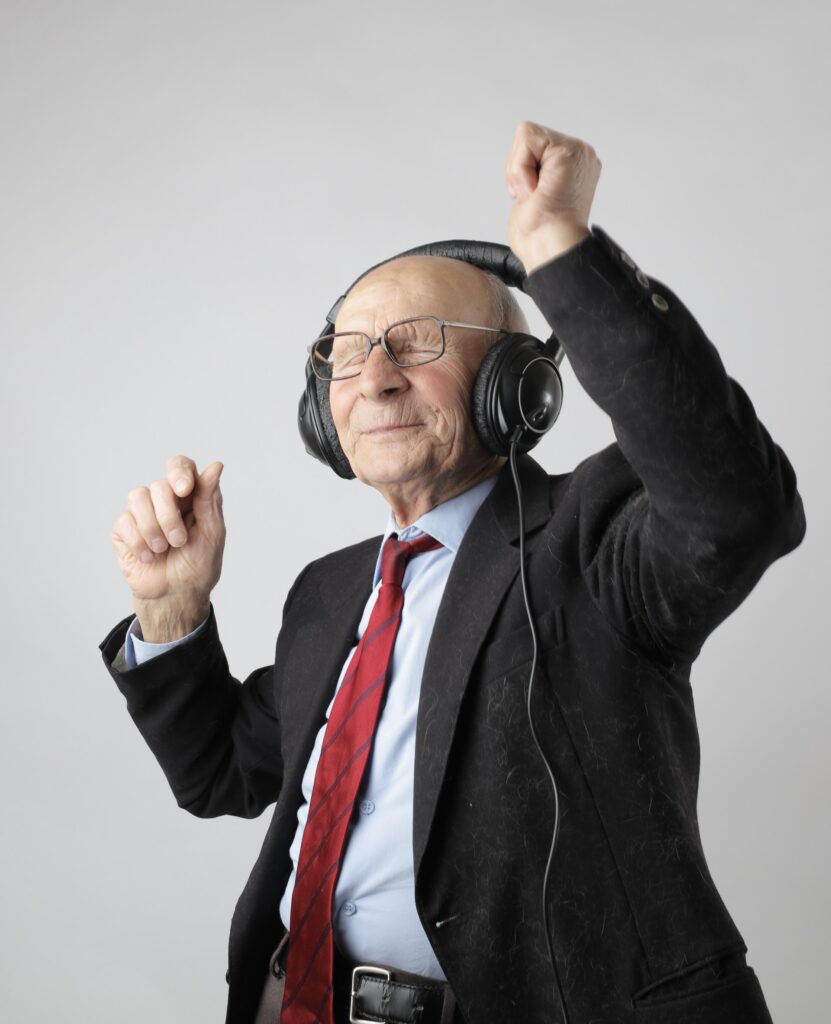
Do not under estimate the importance of looking after your musculoskeletal system as it could cost you 20 years of independent living.
Keep active, ensure your calcium, vitamin D and protein intake is in check and follow a diet rich in fresh fruits and vegetables.


